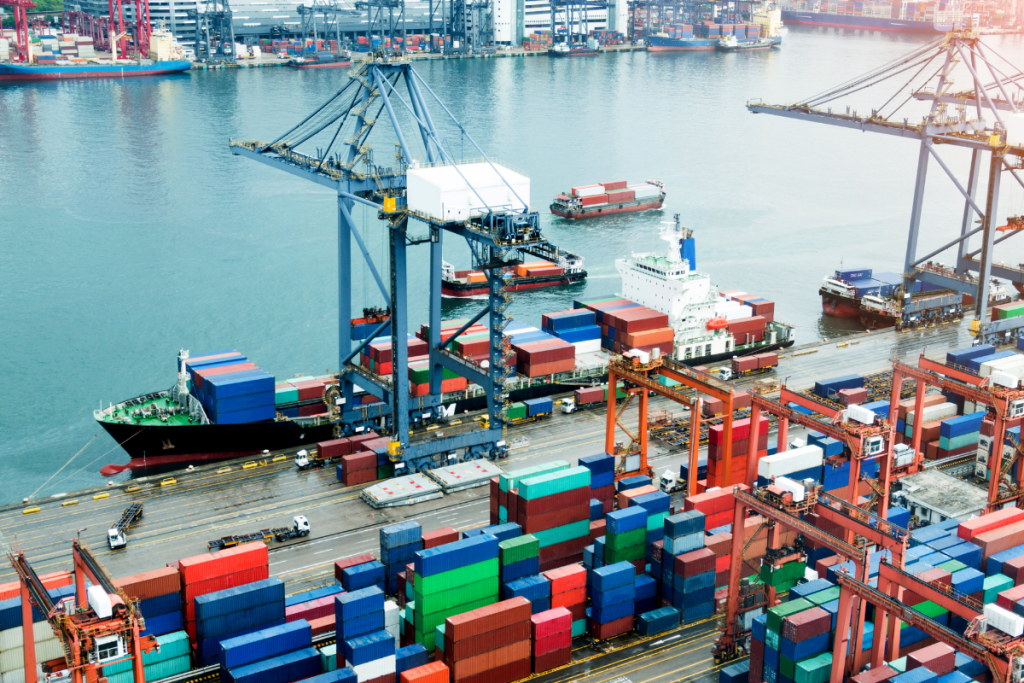Nearshoring offers clear advantages in today’s disrupted trade landscape, but it demands more than just proximity. A continuous, data-driven procurement approach is proving essential for supply chain resilience.
Proximity Alone Isn’t Enough
Nearshoring, moving operations to nearby countries, has become a core tactic for companies navigating tariffs, supply chain shocks, and sustainability imperatives. While relocating production closer to home can cut transit times and improve supplier oversight, the real test is ensuring these benefits endure.
Relying solely on periodic sourcing decisions leaves supply chains vulnerable to sudden market shifts, regulatory changes, or supplier disruptions. Nearshoring without a broader procurement strategy risks falling short of expectations when conditions inevitably evolve.
The Role of Always-On Procurement
Unlike traditional sourcing, which typically reacts to disruptions or contract expirations, always-on procurement continuously monitors and refreshes the supplier pool. AI tools and real-time data analytics help procurement teams stay ahead of cost shifts and emerging risks, ensuring they’re always decision-ready.
For nearshoring, this dynamic approach is particularly critical. Supplier landscapes near home can change rapidly, whether due to local policy changes, infrastructure pressures, or competitive shifts. Maintaining a real-time view of supplier capabilities allows companies to pivot quickly and secure reliable partners when circumstances change.
The benefits extend to just-in-time (JIT) operations, where nearshoring and always-on procurement reinforce each other. A well-monitored supplier base ensures the speed and flexibility required for JIT—reducing waste, improving delivery reliability, and supporting ESG compliance goals.
A Strategic Shift in Procurement
Nearshoring can deliver clear advantages, but it is not a standalone fix. Industry leaders should recognize that the long-term success of nearshoring depends on integrating always-on procurement practices that go beyond episodic sourcing. Embedding continuous supplier monitoring and dynamic risk management into procurement processes will be critical in sustaining resilience and ensuring operational stability in a rapidly evolving landscape.



